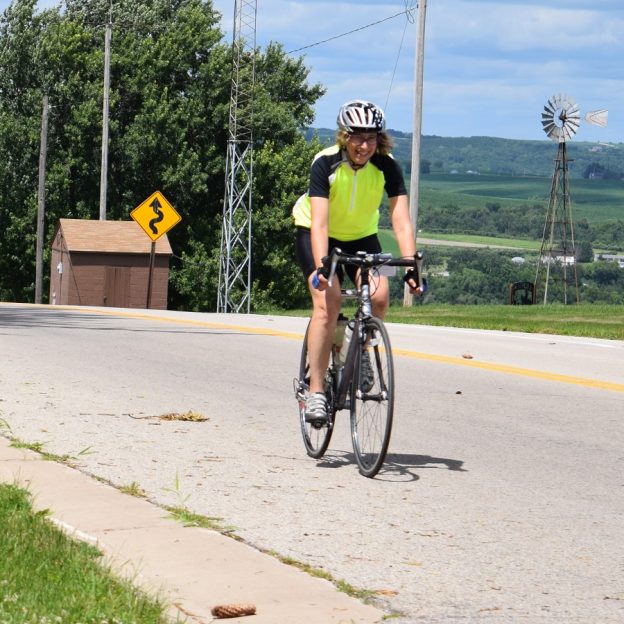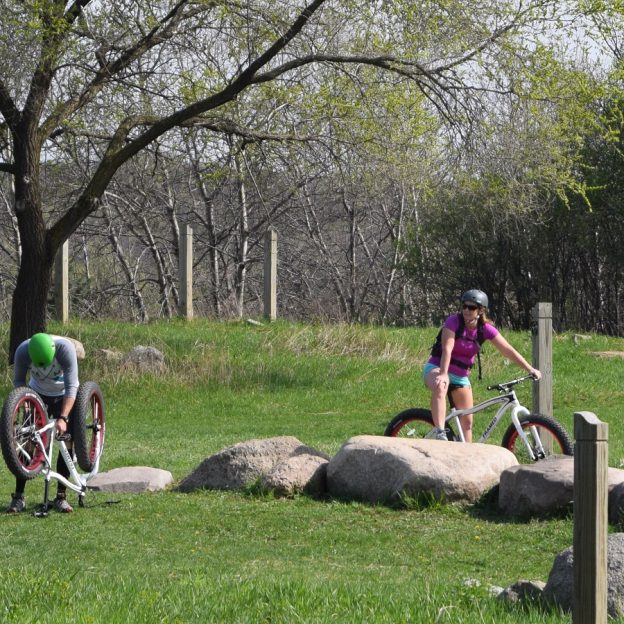Tag: derailleur
-

How to adjust your front derailleur for perfect and silent shifting
In the late 1920’s, in France, there was a bike race under way and it wasn’t the Tour De France. Instead, this race was a technological race that brought the front derailleur into the light. Before 1928, bicycles had a maximum of two speeds, and you needed to remove the rear wheel to change those…
-

Bike Crash: What to Look for and Inspect After the Unexpected
As a mountain biker that tranquil feeling is sometimes interrupted by an unexpected bike crash. Whereas crashing my bike it isn’t something I enjoy, I realize that as I try to push my boundaries, a bike crash is a real possibility. You don’t need to be a mountain biker to have a bike crash, after…
